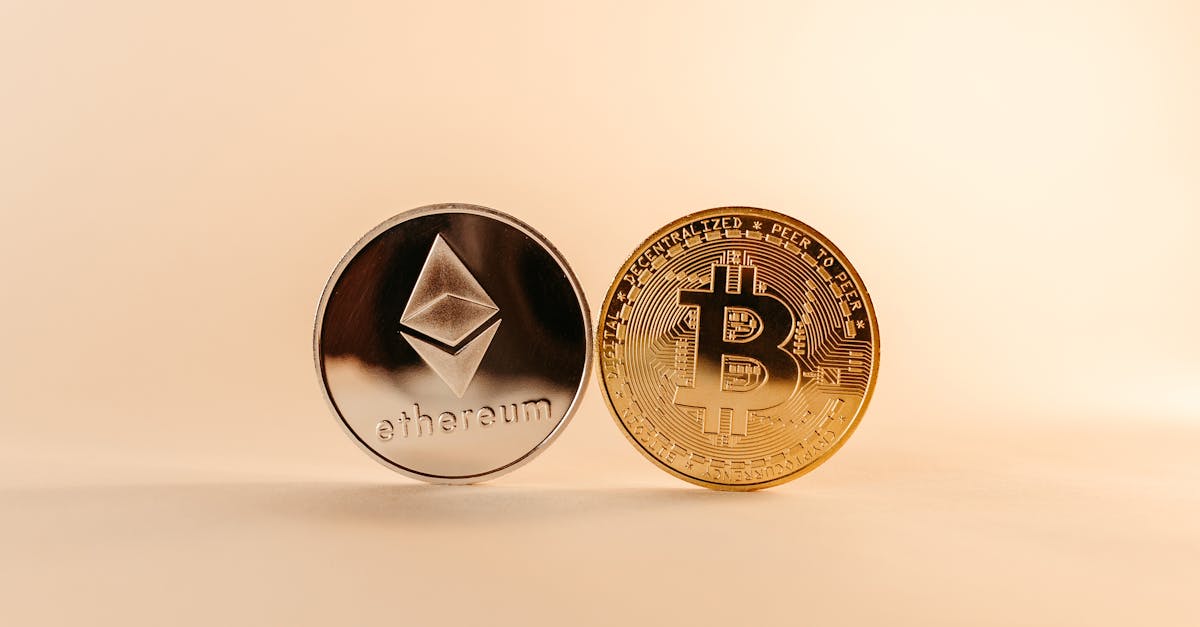Financial Futures Unveiled
Introduction to Financial Futures
In today’s dynamic economic environment, understanding financial futures is essential for investors and businesses. Financial futures are standardized contracts promising the delivery of a security or asset at a predetermined price on a future date. Their significance in the financial markets cannot be understated, serving as both a profitable investment avenue and a risk management tool. Introduced in the 1970s, they have since evolved to encompass various asset classes, including commodities, currencies, and even cryptocurrencies. This article will unravel the complexities of financial futures, illustrating their mechanisms, uses, and implications for modern economies. Whether you're a seasoned investor or a financial neophyte, mastering financial futures can unlock new avenues for diversification and growth.
Advertisement
The Mechanics of Financial Futures
At its core, a financial future is a legally binding contract between two parties: the buyer, who commits to purchasing an asset, and the seller, who agrees to deliver the asset at a future date. Pricing is agreed upon when the contract is traded. The underlying asset could be stocks, bonds, or even interest rates. The trades for these contracts occur on regulated exchanges, ensuring transparency and mitigating credit risk through the use of a clearinghouse. Most traders close their positions before the contract's delivery date, opting to realize their gains or losses rather than physically settle the asset. This flexibility permits traders to speculate on price movements without owning the asset itself. Understanding these dynamics is crucial for anyone looking to delve into financial futures trading.
Advertisement
Financial Futures and Hedging
Hedging is a primary function of financial futures, offering a strategic avenue for managing risks associated with price fluctuations. Companies engaged in import-export often utilize currency futures to safeguard against adverse moves in exchange rates. Similarly, interest rate futures can help financial institutions mitigate risks associated with volatile interest rate changes. By securing a future price through these contracts, businesses can ensure price stability, thus safeguarding their profit margins. The assurance of price stability provided by financial futures plays a crucial role in sustaining business operations amidst the unpredictability of global markets.
Advertisement
Speculation and Financial Futures
While financial futures serve a critical purpose in risk management, they also provide opportunities for speculative trading. Speculators seek to profit from the expected price changes of the underlying asset without any intention of taking delivery. Their presence in the market enhances liquidity, making it easier for others to hedge their positions. Unlike hedgers, who look to mitigate risks, speculators assume risks for potential rewards. While this can lead to significant profits, the potential for losses can be equally substantial. Understanding the speculative element in financial futures is vital, as it influences market dynamics and pricing.
Advertisement
Role of Financial Futures in Diversification
Financial futures offer investors a powerful tool to diversify their portfolios. By incorporating these contracts into investment strategies, investors gain exposure to different asset classes, reducing overall portfolio risk. The correlation between futures and traditional securities like stocks or bonds may vary, providing interesting diversification benefits. Adding financial futures to a portfolio can enhance return potential while mitigating systemic risks. This spread of investment across various asset categories equips investors with a more balanced and resilient portfolio. Knowledge of how financial futures contribute to diversification can empower investors looking to optimize their asset allocation.
Advertisement
Market Participants and Their Influence
The financial futures market comprises different participants, each playing a unique role in shaping its landscape. Apart from hedgers and speculators, arbitrageurs are key players who exploit pricing inefficiencies between related markets for profit. Their activities help correct disparities and maintain market equilibrium. Brokers and clearinghouses ensure smooth trading operations, providing execution services and guaranteeing trades' integrity. Understanding the various participants and their objectives provides deeper insights into market movements and price trends. Recognizing these actors' contributions can guide strategic decisions in trading futures.
Advertisement
Financial Futures and Economic Indicators
Financial futures are intricately linked to various economic indicators, reflecting broader economic outlooks and shaping investment strategies. For example, bond futures react sharply to interest rate announcements by central banks, with interest rate and inflation expectations influencing their prices. Similarly, commodity futures might respond to supply-demand shifts or geopolitical developments affecting resources like oil or grains. Investors and analysts often rely on futures markets as a barometer for gauging future economic conditions, leveraging them for both insight and opportunity. This relationship highlights the importance of staying informed about economic trends when trading futures.
Advertisement
Risks and Challenges in Futures Trading
Despite their advantages, trading financial futures is not devoid of risks. Market volatility can lead to quick and substantial shifts in contract prices. Additionally, leverage amplifies both potential returns and potential losses, necessitating a thorough understanding and management of risk. Unlike cash markets, futures markets trade standardized contracts, potentially limiting flexibility in hedging specific needs. Newcomers to futures trading should be wary of these complexities, and ideally engage in comprehensive research or seek expert guidance. Recognizing these risks can enable more informed decision-making and strategic planning.
Advertisement
The Future of Financial Futures Trading
With rapid advancements in technology and increased globalization, financial futures are set to evolve significantly. The emergence of cryptocurrencies and digital assets introduces a new dimension to futures trading, expanding potential underlying assets. Additionally, the integration of artificial intelligence and algorithmic trading is poised to revolutionize trading methodologies, enhancing efficiency and decision-making speed. As regulatory frameworks adapt to these developments, financial futures will likely become increasingly accessible to a broader audience. These ongoing advancements underscore the importance of continual learning and adaptation for investors keen on leveraging emerging opportunities.
Advertisement
Conclusion: A Broad Understanding of Financial Futures
Financial futures represent a multifaceted instrument that continues to shape modern financial landscapes. From hedging against uncertainties to capitalizing on speculations, their utility is vast and varied. As new developments unfold, they promise further potential for diversification and innovation in investment strategies. While the inherent risks of futures trading require careful navigation, the potential rewards are immense. Embracing financial futures invites a deeper exploration into global economic dynamics, equipping participants with unique tools to navigate the complexities of today’s financial world.
Advertisement








